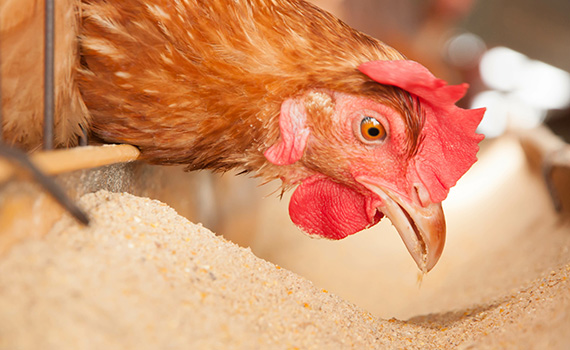Poultry sector must adapt to “antibiotic-free” demands

US poultry producers must start to prepare for producing birds without the use of antibiotics, according to a leading poultry scientist.
Brett Lumpkins of Southern Poultry Research said it was the “beginning of the end” of antibiotic use in poultry production, reports WATTAgNet. And he said the sector needed to adapt to demand for chicken raised without antibiotics.
Speaking at the International Production & Processing Expo (IPPE) in Atlanta, Georgia, Lumpkins said the trend for cutting antibiotics had made its way to the US from Europe.
Sweden was the first country to remove and ban antibiotics from livestock feed in 1986, while Denmark followed soon after.
Since then, more European Union countries have come under consumer pressure to rear poultry without antibiotics, with a ban on antibiotic feeding introduced in the EU in January 2016.
Lumpkins said a number of US retailers and restaurant chains were phasing out the use of chicken raised with antibiotics that are important to human medicine.
With growing US consumer interest in poultry raised without antibiotics, pressure is now on the industry to find ways to eliminate antibiotics from its production systems, he said.
“Basically, we are the mouse, and the cheese is the consumer perception. We have to learn to adapt, and move to get to that cheese.
“That’s the way it’s going, we have to be able to figure out optimal growth performance by giving a very high quality meat product to the consumer that is antibiotic-free.”
Posted on March 31, 2017
 We’re glad you’re enjoying
We’re glad you’re enjoying









